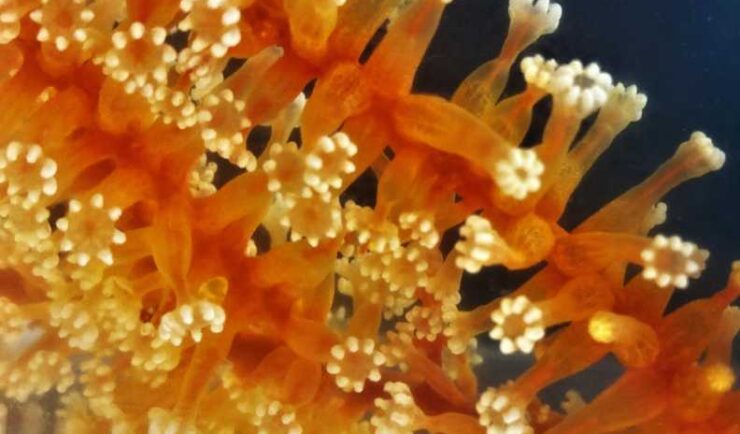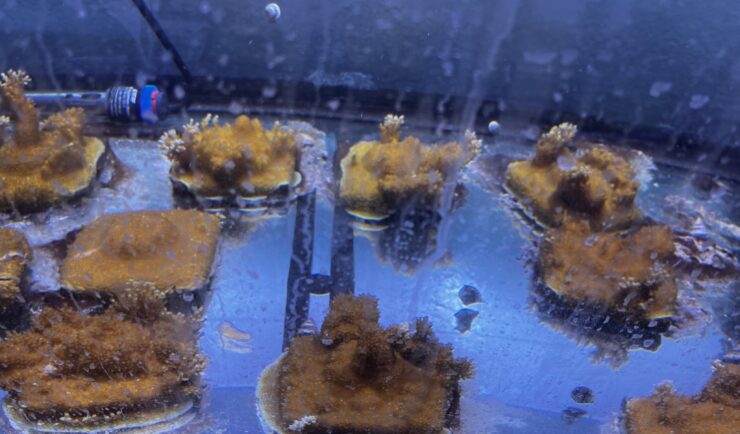We’re pleased to announce a new small business joint venture with Paul Bechtel & Associates (PB&A), which was awarded a 5-year contract to continue supporting the U.S. Environmental Protection Agency’s (EPA) Office of Pesticide Programs.
For 40 years our staff have supported EPA’s Office of Pesticide Programs in the review and evaluation of pesticide data. Through this contract we assess pesticide safety─including its effects on non-target species and the endocrine system─as well as potential residues in crops.
Our new partnership brings together PB&A’s managerial experience with our team’s expertise in the scientific evaluation of pesticide data, and includes several additional team members with a history of supporting the Office of Pesticide Programs. This creates one top-notch team!

See More CSS Insights

Team Award for Extraordinary Support
A big congratulations to Aurora Justiniano-Santos, our environmental scientist in Puerto Rico, for receiving a Program Manager’s Spotlight Award─one of our company’s highest awards─for going above and beyond her role. Aurora was nominated by her division lead at the National Oceanic and Atmospheric Administration’s Office for Coastal Management for assisting the client during a sensitive…

Collecting and Studying Deep-Sea Coral
Three of our staff supporting NOAA’s National Centers for Coastal Ocean Science joined a team of nine other scientists on a 12 day expedition to collect deep-sea coral samples in the Gulf of Mexico.

Studying Corals for Future Protection and Restoration
Coral reefs are under threat from warming waters, disease, degraded water quality, and other stressors. Several shallow water coral species are listed as threatened under the Endangered Species Act. Our team of coral scientists on contract with NOAA’s National Centers for Coastal Ocean Science are studying coral reproduction, and genetics, and the environmental factors that…
